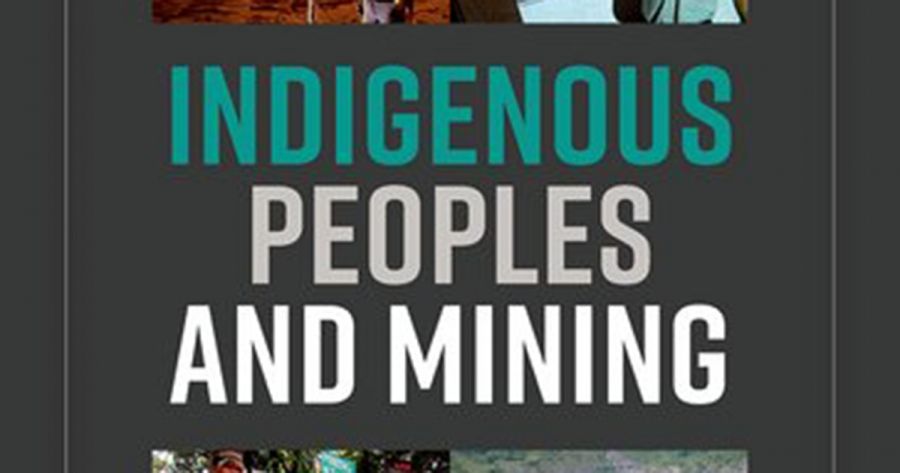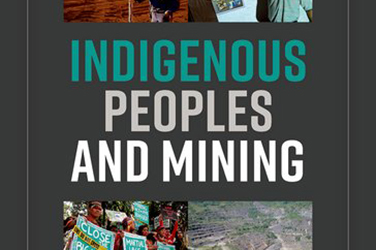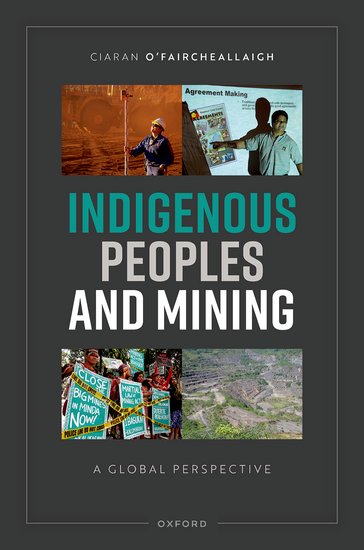
- Free Article: No
- Contents Category: Indigenous Studies
- Review Article: Yes
- Article Title: Another routine blast
- Article Subtitle: Asserting rights in the face of industrial privilege
- Online Only: No
- Custom Highlight Text:
Recently, mining giant Rio Tinto disturbed another ancient rock shelter in Australia’s Pilbara during a routine blast designed to ‘mimic’ the natural environment. This time, the company announced its transgression before it hit the headlines, presumably to avoid the kind of public outrage it faced after the Juukan Gorge incident in May 2020. What compelled Rio Tinto to admit wrongdoing, and to what effect? Does this pre-emptive mea culpa signal a new corporate sensitivity to Aboriginal culture and heritage, or is it a strategy to placate the Australian public so mining can continue? Analysing the factors that both enable and constrain mining on Indigenous peoples’ lands is the focus of Ciaran O’Faircheallaigh’s book Indigenous Peoples and Mining: A global perspective.
- Featured Image (400px * 250px):

- Alt Tag (Featured Image): Deanna Kemp reviews 'Indigenous Peoples and Mining: A global perspective' by Ciaran O’Faircheallaigh
- Book 1 Title: Indigenous Peoples and Mining
- Book 1 Subtitle: A global perspective
- Book 1 Biblio: Oxford University Press, £83 hb, 333 pp
- Book 1 Cover Small (400 x 600):

- Book 1 Cover (800 x 1200):

The core purpose of this book is to identify the multiplicity of factors that influence outcomes in different circumstances, examine those factors, and, on that basis, draw conclusions within and across cases. O’Faircheallaigh’s message is that by paying attention to context and to specific factors (e.g. Indigenous leadership, governance, and representation), patterns of injustice can be better understood and potentially countered. According to O’Faircheallaigh, we must avoid assumptions and generalisations, and analyse the character and content of each of these high-stakes interactions to understand the potential for change.
Indigenous Peoples and Mining allows readers to apprehend the sheer scale of mining’s interactions with Indigenous peoples. We are introduced to Atacameño in the north of Chile, the San in central Botswana, the Xholobeni from South Africa’s Eastern Cape, Aboriginal and Torres Strait Islander peoples of Australia, First Nations, Inuit and Métis in Canada, Indigenous groups in the Philippines such as the Subanon and the B’laan, and Sámi reindeer herders in Sweden, among others. We learn about their relationship to the state and industry, and their efforts to protect their ancestral lands, cultures, histories, and futures. The strategies they deploy include opposition, protest, resistance, negotiation, litigation, agreement making, partnership, co-ownership, and acquiescence – often in different combinations, over time. We also learn about the interplay between international and domestic law, and how Indigenous groups and their allies have used these instruments as leverage to agitate for change. For readers, this means traversing a vast intellectual terrain, and an enormous variety of circumstances in which Indigenous peoples and mining companies encounter each other.
The book’s global scope sets it apart from the more common, place-based case studies. It is also set apart from edited volumes, with their variegated chapters and contributions. O’Faircheallaigh has overseen several edited volumes, but in this monograph, he constructs a clear analytic narrative for illuminating the variety of Indigenous responses to industrial encroachment. In doing so, he demarcates the field, and consolidates his position as a leading authority within it. He pushes the reader into theories and literature that help to explain the myriad ways in which mining is prioritised at the expense of Indigenous peoples. While he conveys a palpable sense of unequal power relations, he also contends that Indigenous peoples are a force to be reckoned with – aware of their agency and prepared to use it, even in the most oppressive circumstances.
In this commanding volume, written in a forthright style, O’Faircheallaigh’s prose demands attention, the kind that insists that each chapter is considered, and consolidated, before moving to the next. By the end, one has a sense of the totality of the topic, and the weight and relevance of each element in his analysis. O’Faircheallaigh’s disciplined and diligent approach reflects the care that he has brought to his many decades of work as a non-Indigenous scholar during a time when gender and identity politics have come to the fore.
Given that the author has devoted more than thirty years to this field, we might have expected a few more personal accounts of his conversations and jousts with Indigenous groups, their allies, and his opponents. O’Faircheallaigh draws us into his intellectual space, but not into his world. Perhaps he was concerned that his personal story would diminish the topic or be read as self-indulgent. The closest we get to a backstory is in the reasons he gives for refusing to work for the mining industry. As he sees it, the imbalance in resources available to mining and to Indigenous peoples constitutes an injustice that has seen him stand with them in solidarity. Any disappointment about the lack of personal perspective in the book is mitigated by O’Faircheallaigh’s unwavering commitment to matters at hand.
For those new to the field of Indigenous peoples and mining, the structured nature of the text provides a pathway for building knowledge. For those more familiar with the topic, the breadth of coverage and technical depth brings into frame new aspects of the debate. For specialist readers, simply sampling the case studies will be enlightening. I also imagine that the numerous case comparisons offer Indigenous readers the opportunity to make connections across continents in ways not always available in other works.
Indigenous Peoples and Mining is a formidable and detailed account of a highly politicised topic. By the end of the book, readers will appreciate how the accumulation of historical forces has created structural tendencies that privilege mining and resource extraction over Indigenous peoples. We can only ask whether these forces will see companies like Rio Tinto rewarded for proactively announcing that they may have damaged ancient and sacred heritage, while proceeding to increase production. Although this would be an unfortunate development indeed, Ciaran O’Faircheallaigh would no doubt suggest that we commit to asking why and maintaining the pressure.


Comments powered by CComment